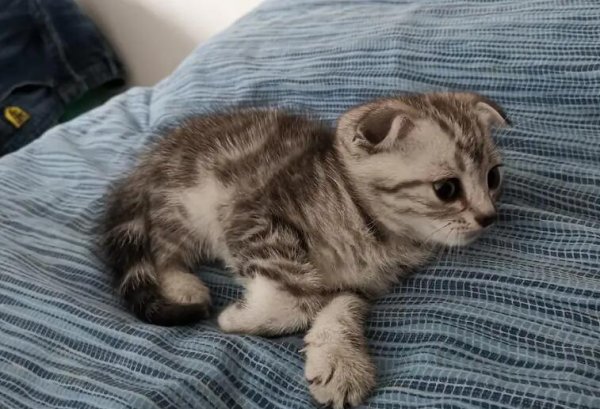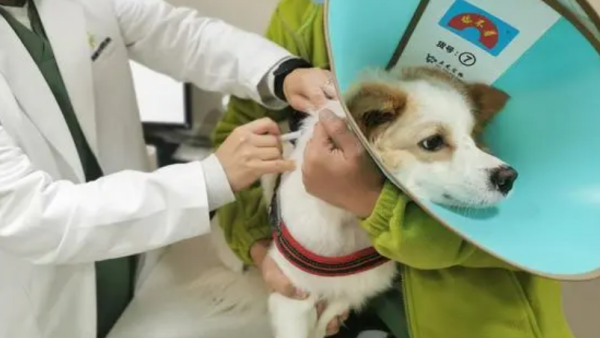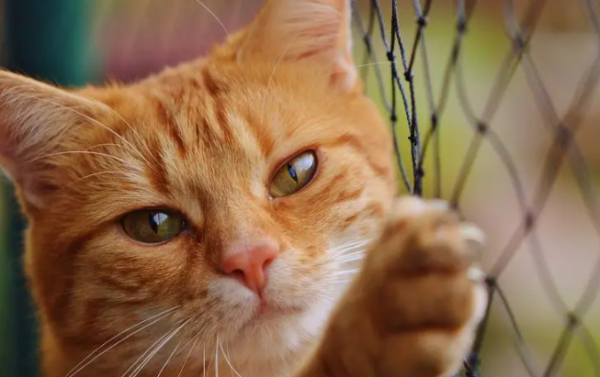Are Beagles housekeepers? They are weak at housekeeping and are friendly to strangers.
Can Beagles watch the house? For people who like to raise dogs, the most important skill of a dog in the process of raising a dog is whether it can watch the house. As one of the most popular dog breeds in people's lives, people are obviously very concerned about whether beagles can guard homes. So, can Beagles be housekeepers?

Can Beagles be housekeepers?
They are weak in housekeepers. They are very friendly to strangers, have a docile temperament, and are not afraid of strangers. Therefore, they will not show aggression when encountering strangers, so they are not suitable for housekeepers.
The Beagle, also known as the "Beagle", is one of the world's famous dog breeds and belongs to the hound category. It ranks as the seventh most popular dog in the United States and Japan, and its popularity is growing every year. Standard shape: a large dome-shaped head, large hazelnut eyes, wide and long ears, a muscular body, and a thicker tail, like a loach. Hair texture and color: thick, hard short hair, available in white, black, hound liver, white brown, and white lemon.

Beagle purchasing tips
1. Before purchasing, you can go to a home that has a beagle to have a general understanding of the appearance, habits and characteristics of this type of dog, so that you can make a standard comparison when selecting, and avoid making the mistake of abandoning the best.
2. First of all, the height and weight must meet the standard. Neither too big nor too small is suitable. If the selected dog is not mature enough, the height and weight can be moderately relaxed.
3. The body shape of each part should be checked one by one. The skull of the Beagle should be approximately oblong, with moderate length and width. The back of the head should be slightly rounded and the occiput should be wide.
4. The snout should be straight, the nostrils should be wide and the sense of smell should be sensitive, and the tip of the nose should be black. The teeth should fit together well, with a scissors bite.
5. The eyes should be larger, the distance between the eyes should be wider, the eyes should be gentler, and the eyeballs should be dark black or brown.
6. The ears should be long and large, hanging down to the bottom of the mouth and close to both cheeks.
No. 7. The neck is of moderate length, with slight wrinkles on the forehead and some wrinkles on the neck, a deep and broad chest, short back, sloping shoulders, and well-muscled.
8. The limbs should be short, with strong forelimbs, large hind limbs, and well-developed leg muscles. The feet are round, with plump and hard pads.
9. The tail is thick and long. It is a strong and upward sword-like tail that is often held high. There are white or light yellow hairs on the tail end, and it swings sensitively.
10. There are two types of coats: one smooth and fine, the other rough. The color of the wool should be white, blue-yellow, black-yellow or a mixture of the three colors.

Beagle Grooming Methods
Tools/Ingredients
Grooming Tools: Wire Brush, Pin Brush, Bristle Brush
Method/Steps
Brushing:
Brushing your dog's coat with a brush removes dead hair and knots, leaving the coat soft, clean and shiny. As for how to choose a brush, it depends on the quality of your dog's hair. Generally speaking, long-haired, soft-haired dogs are better suited to using brushes, while dogs with steel-haired hair are better suited to using pin brushes and wire brushes.
Wire brush: brush to remove dead hair and make the coat soft. Model: large, medium, small; type: soft wire brush, hard wire brush. Pay attention to the technique when using it. If you don't use it properly, you will lose your hair.
Needle brush: Helps blood circulation, prevents static electricity, and makes skin healthy.
Bristle brush: It can brush off the dust on the surface of the hair, not easy to break the hair, and maintain the luster of the hair. It is one of the essential tools for soft hair care.
Combing:
After brushing, you can start combing the hair with a comb. In many cases, even after one round of combing, many knots remain, so you have to comb it thoroughly again with a comb. The method is to press the bottom of the comb with your thumb, index finger, and middle finger, first comb the hair with wide teeth, and then comb the hair with fine teeth, but do not use fine teeth at the beginning to avoid breaking the hair easily. And when combing the hair, do not pull too hard, as this will not only tear the coat, but also cause extreme pain to the dog. To prevent static electricity, dog combs should be metal.
Ear and eye cleaning:
Dogs’ ears (especially dogs with long ears) are more susceptible to ear infections, so cleaning and checking the ears is an essential part. First put a little ear powder in the ear, tap it a few times, let the ear powder enter the ear, slowly remove it with your fingers or ear hair pliers, then apply ear cleaning water on the cotton, then turn your fingers in the ear to clean it, and finally make sure that the cleaning cotton taken out of the ear is clean and free of stains; after bathing, remember to clean it with ear water. The tear glands of the eyes and earwax are the main causes of facial hair turning brown, so in addition to daily dressing, special treatment is also required when bathing.
Bathing:
It is best to bathe Beagle puppies two months after they are born and at least two weeks after they have been vaccinated. If you are bathing a beagle puppy raised outdoors, you should wash it 3 to 4 times a year. If you are raising it indoors, it is better to wash it once every 20 days to a month. Dogs' skin doesn't sweat as easily as humans, so they don't need to be bathed as often. When taking a bath, put the puppy in warm water at 36°C to 38°C, and first remove the secretions near the anus. Then soak the sponge in a pet-specific shampoo diluted dozens of times, and then wash the whole body from the head to the back. Finally, clean the hair with clean water. What you need to be careful about is: don’t let shampoo get into your dog’s eyes, nose and mouth.




